Amazon Profit Margin: Every Detail You Should Know [2025]
![Amazon Profit Margin: Every Detail You Should Know [2025]](https://be.trueprofit.io/uploads/amazon-profit-margin-68931b2607c12.webp)
Shout out to all the sellers out there; you should be conscious of your true Amazon profit margin to make wise business investments. Understanding the profit margin enables you to evaluate the profitability of various tools, services, and products and pinpoint areas that need improvement.
Having said that, maintaining one's competitiveness in the rapidly evolving world of eCommerce requires knowledge of the true profit margin. However, not every seller is aware of the precise value of that percentage. That is why we are here to help.
Our blog will go in-depth on profit margin, including its definition, how to calculate it, and techniques to raise your profit margin and return on investment.
What Is Amazon Profit Margin?
Amazon profit margin is the total amount of money that you earn from a sale on Amazon after deducting all related expenses. It determines the overall health and long-term growth of your Amazon business.
There are 2 types of Amazon profit margins that need to be aware of: Amazon Gross Profit Margin and Amazon Net Profit Margin.
- Gross Profit Margin: It is the profit that remains after your cost of goods sold (COGS) has been subtracted from your overall net sales. It shows how effectively the seller is making money and controlling related expenses.
- Net Profit Margin: It is the remaining profit after ALL costs, including COGS, platform fees, taxes, debts, and overhead costs, have been taken into account. This typically establishes the true profitability of your company, showing how much you can invest back into it or even take home.
Besides, several fees that may affect the profit margin of your Amazon business should be taken into account including:
- Seller account fee: You will give Amazon this amount each month in order to have a seller account. While the Professional version costs $39.99 for limitless sales, the basic plan charges $0.99 for each item sold.
- Referral fee: Regardless of the category in which you offer, Amazon will take a cut of each sale's price as a commission.
- FBA-related fee: If you've decided to use Amazon FBA instead of Amazon FBM, you will have to pay costs like monthly inventory storage fee and fulfillment fee per unit, etc. to Amazon for storing, packing, and shipping your products to your customers.
- Variable closing fee: This amount is deducted from the overall cost of the transaction as the shipping charge for the item.
Why Should You Calculate Your Profit Margin?
The importance of knowing your true Amazon profit margin is obvious. This can help you avoid making costly mistakes. Otherwise, you will not be able to evaluate the actual performance of your products and risk setting unrealistic sales goals.
There are other benefits of calculating your profit margin that you will be excited to know:
- Projecting profitability more accurately when sourcing products for your store. By calculating your profit margin, sellers can make wise strategic decisions in order to develop a profitable inventory
- Avoiding deliberately pricing goods too low, which can make you sell at a loss, or too high, makes you less competitive compared to others
- Revealing the real cause for high revenues but low profits. Although seeing high sales is encouraging, these figures might conceal underlying management problems or cost overruns
- Keeping track of the revenues and the fees closely to make sure that your Amazon profit margin is at an acceptable level
How to Calculate Amazon Profit Margin?
Prior to calculating your Amazon profit margin, it is important to know where to get reliable data. You can use seller reports to collect precise numbers. After all, it is useless to have inaccurate statistics.
Then you can either manually compute your profit margin or utilize Amazon FBA profit margin calculator with the data you have obtained.
If you want to conduct the process automatically and without hassles, try the TrueProfit profit margin calculator. It lets you input your numbers and instantly calculates your profit margin, net profit, and other key profit-based metrics—saving you time and ensuring accuracy.
Amazon profit margin formulas
The steps on how to calculate profit margin Amazon FBA and FBM business owners need to take are all the same with the formulas applied for both models. Here are the formulas of all two different figures that you can use to do the task yourself:
In the two formulas above:
- Net Sales: The gross revenue after coupons, discounts, returns, refunds, and other fees.
- Cost of Goods Sold (COGS): refers to the direct costs of producing the goods sold by a company.
Amazon profit margin example
Here is a quick example of an Amazon FBA profit margin calculation. Imagine that you offer handcrafted living room mats with the specifications as below:
- Price: $450
- Dimensions: 16″ x 10″
- Weight: 40lbs
You make 25 mats a month. Charges are listed on the platform's seller pricing page and depend on the category, size, weight, and cost of the item.
Step 1: Identify your revenue
You make $11,250 a month by selling 25 mats for $450 each.
Step 2: Compute the total costs
Let's assume that it takes you 10 hours to finish one mat and that your hourly rate is $13. So, your cost in total will be $190 per mat after adding $60 for materials and $130 for labor. Therefore, the monthly total cost of products sold would be $4,750.
Next, let's figure out the applicable fees. With a Professional plan, let's say you spend $4.5 per month for storage space. For furniture items valued at more than $200, the Amazon site levies a 10% category fee. So, in this instance, it costs $45. Then, for the fulfillment charge, it costs $5.50 given the weight and size of your product.
In conclusion, your monthly costs are:
- Storage cost: $4.5
- Category cost: $1,125
- Fulfillment cost: $137.5
Step 3: Put them all together
Let's plug the income, COGS, and all of the fees into the formulas. And we have:
- Amazon Gross Profit Margin = ((11,250 - 4,750)/11,250) x 100% = 57.8%
- Amazon Net Profit Margin = ((11,250 - 4,750 - 4.5 - 1,125 - 137.5)/11,250) x 100% = 46.5%
This is just an example of a typical Amazon seller's earnings. You should take the current situation of the market and business into account in order to get the full picture.
How to Increase Your Profit Margin & ROI?
The average profit margin for Amazon sellers ranges from 15% to 20% depending on their area. For an eCommerce business, a profit margin of 20% or more is excellent, while one of 5% or less is viewed as unsustainable.
Hence, think about using these strategies to increase ROI and maximize margins if you want to keep a healthy profit margin like the one above.
#1. Reducing purchasing costs
By reducing controllable purchasing expenses, you can increase your Amazon profit margin. Here are our pieces of advice on how to do that:
Firstly, you can keep bargaining with your current supplier to have the best deal possible. You can learn about the trends in the market for a specific product category and hone your negotiating abilities to have higher chances of getting your goods at a lower price.
Secondly, using reverse sourcing is a good way to reduce COGS while raising sales productivity. Choosing one product you are interested in and working your way up from there is a good method to start with wholesale.
Locate wholesalers who already sell the items you require, compare their offers, and use supplier offers as a negotiating stance. By doing this, you can get the best bargain and avoid having inventory that you are unable to sell.
Lastly, you can look for high-performing stores that sell the goods you are interested in and ask for referrals. You can also do your own study to determine where these goods came from.
#2. Offering a larger product portfolio
A great way to boost profit margins and diversify your business on Amazon is to add new products to your current line of offerings.
With a wider range of goods, you can reach more customers around the world who are looking for different things. This also gives you a competitive advantage over your competitors and increases your profits more quickly.
This may entail branching out into more lucrative product categories, adding new items that complement your current ones, or developing new product bundles.
#3. Optimizing your inventory
Any seller who wishes to increase its ROI must optimize their inventory and Amazon profit margin. Proactive inventory management can result in long-term savings and enable sellers to react swiftly to trends and customer demand, thereby boosting their profits.
In fact, you create an Amazon flywheel with pricing, advertising and audience reach as your goods start to sell on Amazon. Nevertheless, if you let your goods run out of stock, you will need to "relaunch" them in order to regain momentum.
This process could be inefficient and badly influence your profit margins. Instead, the best method to handle this situation is to predict demand precisely and enhance your Amazon supply chain.
You can start by evaluating your inventory health using Amazon’s Inventory Performance Index (IPI). The IPI score can help you with strategic decisions in replenishing your products.
#4. Leveraging forecast & trends data
Your business can grow significantly by utilizing forecasts and trend data that are accessible on social media, through Amazon analytics, and other sources.
Knowing the most recent market trends enables you to stock products that customers will actually buy while providing information on what your rivals are doing.
Additionally, this will inform you on which products you need to choose that will give you the best return on investment and Amazon profit margin. After determining which of your products offer the best and the least, you can stop underselling expensive goods and thoughtfully restock your inventory.
#5. Revising the pricing strategy
One of the best methods to increase your Amazon profit margin is to change your pricing strategy. When it comes to pricing, there is no absolute rule. To expand their businesses, the majority of sellers would use competitive pricing and value-based pricing strategies.
Generally, pricing your products that are reasonable for your customer while also ensuring your profitability is what you need to do. For example, you can even consider going with lower-priced products.
Even though low prices may result in smaller margins, if your business is seeing a lot of traffic and these goods have the potential to make money over the long term, they could be worthwhile to boost your profit margin & ROI.
You can determine if lower-priced listings are really the best idea for your long-term profit development by consulting Amazon seller sales reports.
#6. Optimizing your PPC campaigns
Advertisers place bids on keywords associated with their products in an auction-style system called Amazon PPC. When customers are looking for a product on Amazon, the sellers who have placed winning bids on the keywords related to that product will have their ads appear in the search results.
Thus, you need to build an Amazon Bidding strategy and optimize your campaigns to effectively reach your target audience. Then, you can use the following advertising tips that can set you apart from the competition:
- Focus on products with high-profit margins: Concentrating your PPC efforts on goods with a high markup or profit margin so that you can increase your profits while still connecting with prospective customers who are looking to purchase these goods.
- Conduct the A/B testing: You should test various ad text and artistic components like images or videos. When developing new campaigns or improving current ones, you can add the elements that perform the best to make your campaigns work more effectively.
- Track and monitor your PPC performance: Pay attention to the TACoS (Total Advertising Cost of Sales), a marketing KPI that might affect the long-term expansion of your business. You can better understand how an advertisement or Amazon PPC campaign impacts your profits and product sales by monitoring this measure.
The management of Amazon PPC has a steep learning curve. Even though you may have developed different campaigns, they may not have produced desired results but a high Advertising Cost of Sales (ACOS) and low ROI.
Therefore, if you find yourself swamped by optimization strategies and keeping up with advertising trends, think about choosing Amazon PPC management services to run successful ad campaigns.
Overall, it is crucial to carefully examine your Amazon profit margin and constantly make improvements to your business in order to generate positive results.
Yet, for those who handle their Amazon seller accounts independently, correctly calculating profit margins and carrying out other difficult financial or management tasks can be intimidating and frustrating.
So using third-party tools is always a good option. They will do the grunt work of evaluating your business’ profitability while giving you the required instructions to help you maintain a profitable and long-lasting Amazon business.
Tracy is a senior content executive at TrueProfit – specializing in helping eCommerce businesses scale profitably through content. She has over 4 years of experience in eCommerce and digital marketing editorial writing. She develops high-impact content that helps thousands of Shopify merchants make data-driven, profit-focused decisions.





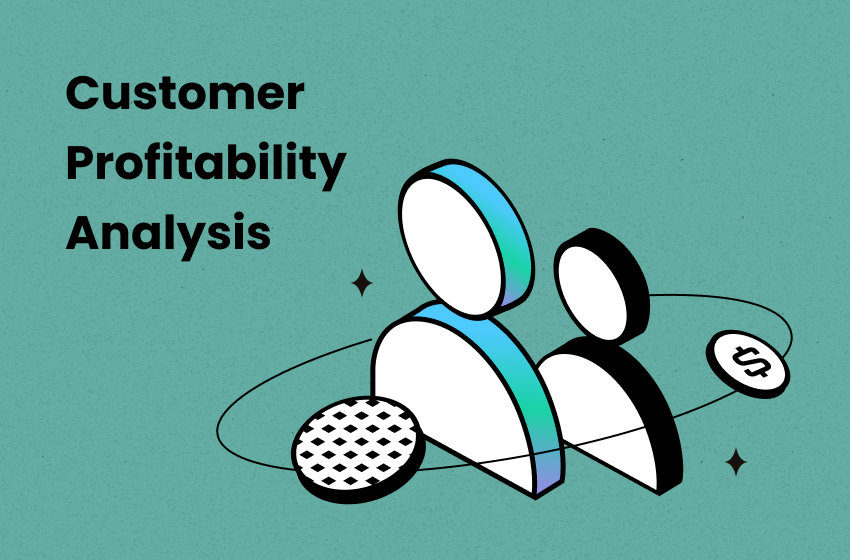
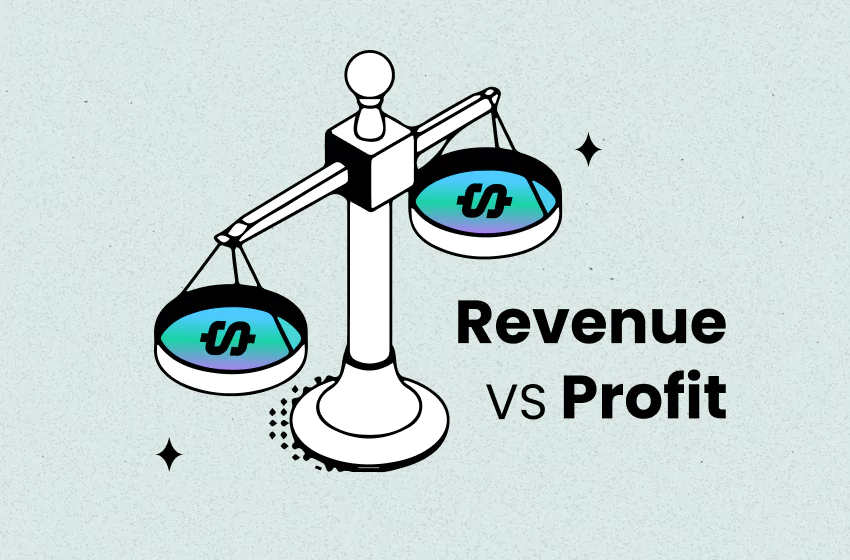
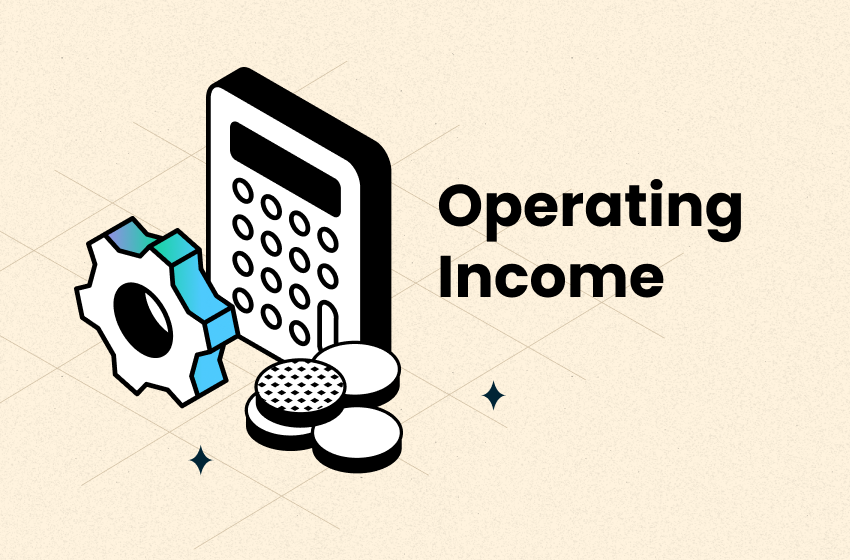
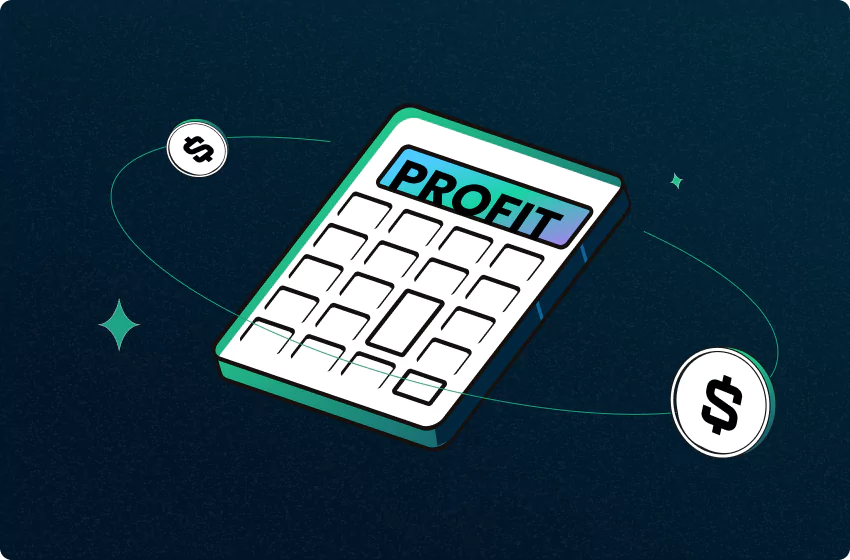
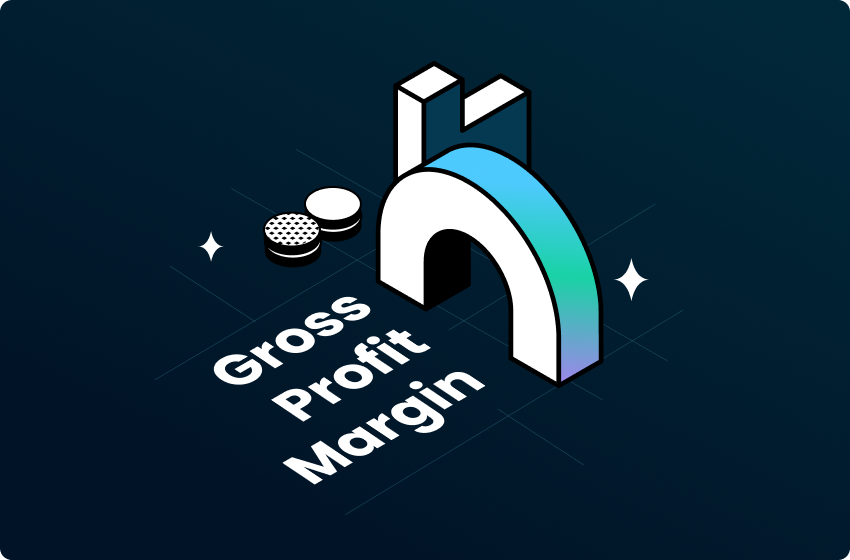

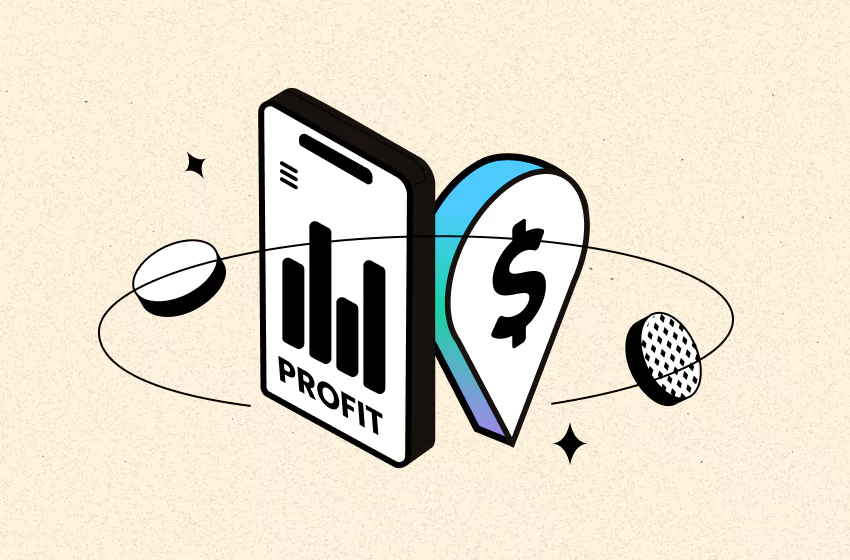
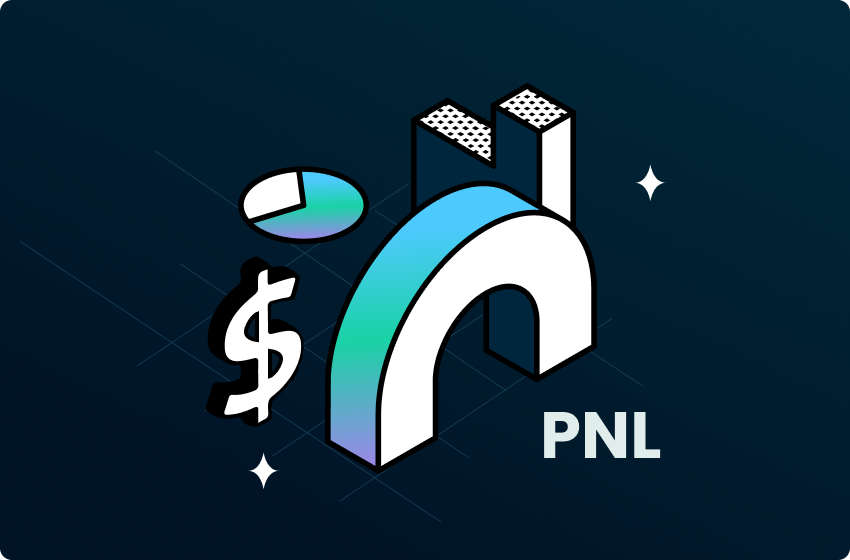
 Shopify profits
Shopify profits

